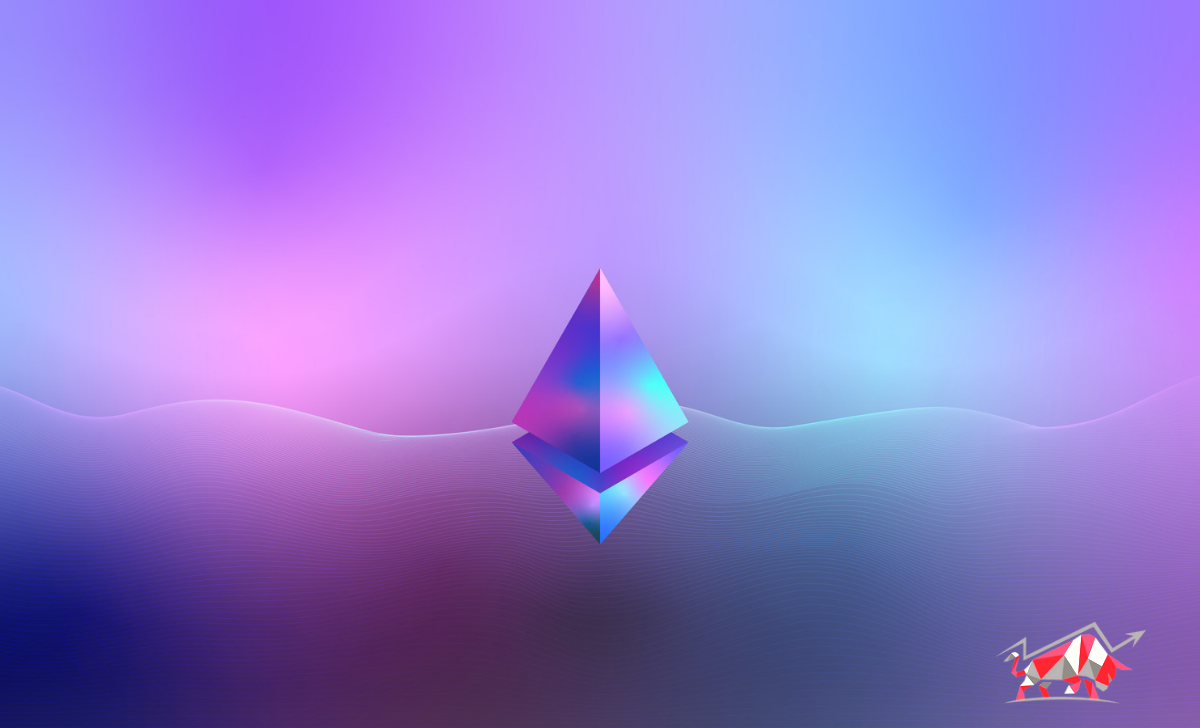Ethereum’s Merge, the most anticipated event in the cryptocurrency sector in recent years has taken place. Ethereum’s proof-of-work mainnet officially merged with the proof-of-stake Beacon Chain, marking the official transition of the entire protocol to PoS.
The recently completed Paris improvement, also known as “the Merge,” had a Total Terminal Difficulty of 58750000000000000000000. This marked the official changeover of Ethereum’s consensus algorithm from one governed by proof-of-work to one governed by proof-of-stake. Additionally, it is changing the protocol’s token emission dynamics and tokenomics entirely, which are anticipated to have significant long-term repercussions on the entire ecosystem.
The Merge itself signifies the union of the execution layer and the consensus layer (formerly the Beacon Chain) (formerly the PoW chain).
The formal halting of mining is arguably one of the effects with the biggest economic repercussions for owners of ETH. This will dramatically lower the amount of money required to support current prices by reducing the emission of new ETH to the market by 90%.
Despite the fact that the Merge is now complete, Ethereum still has a long way to go before realizing the team’s ambition.
What Next After the Merge?
The promise of Ethereum’s switch to Proof-of-Stake goes beyond lowering ETH emissions and is primarily concerned with improving the network’s scalability and transactional throughput. But it won’t happen right away.
In actuality, now that Ethereum’s Merge has officially occurred, the network will move through four scheduled phases, namely, the Surge, the Verge, the Purge and the Splurge.
Ethereum is scheduled to introduce sharding in The Surge 2023, which is a crucial step in enhancing the scalability of the blockchain’s capacity to store and retrieve data.
According to the Ethereum Foundation, sharding is the act of horizontally dividing a database to distribute the burden throughout the network. By distributing the vast quantity of data throughout the network, Ethereum will leverage sharding in conjunction with layer-2 rollups. This is intended to boost transactions per second and decrease network congestion. By eliminating the requirement for validators to keep all of the network’s data individually, which would need expensive hardware, it offers a decentralized option to growing a database.
The verge is the third component in Buterin’s ongoing plan for Ethereum. Verkle trees will be introduced in this stage, which will improve data storage and node size, without getting too complicated. Verkle trees serve a similar purpose as merkle trees, which add up all transactions in a block and provide evidence of the whole collection of data for a user wishing to confirm its legitimacy, as Buterin stated in a deep dive in June 2021:
In an effort to reduce network congestion, The Purge will include the removal of extra historical data. As a result, a validator will need to retain less data. Buterin claims that this will enable the network to process about 100,000 transactions per second.


